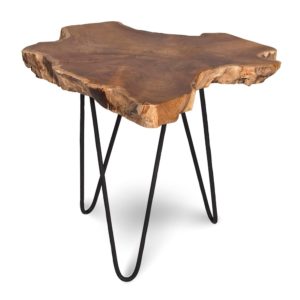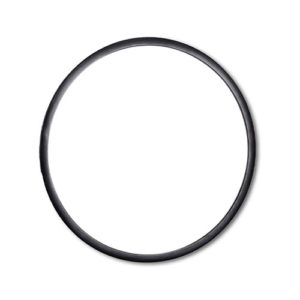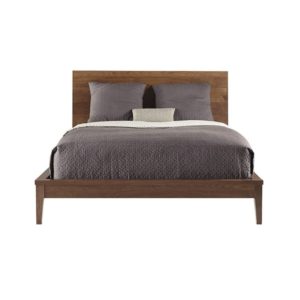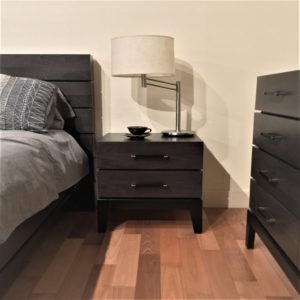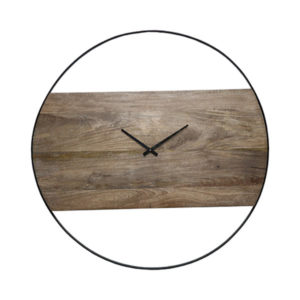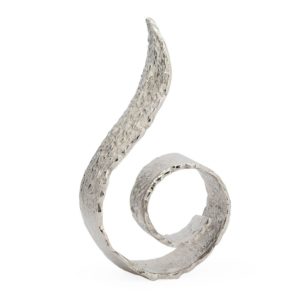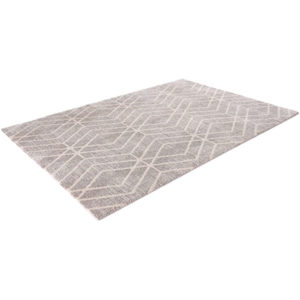Blog
What's New
Get the latest furniture trends for less at Furniture World Saskatoon
Find new and amazing products that we feature every month from the world’s finest furniture makers and the Canadian furniture industry’s cream of the crop. Get in touch with us for complete information about products slated for launching at our store.
-
Style In Form Nesting Table Hairpin
$429.00Original price was: $429.00.$349.00Current price is: $349.00. -
West Bros Serra King Walnut Bed
$3,499.00Original price was: $3,499.00.$2,799.00Current price is: $2,799.00. -
TH Definity Walnut Night Table
$1,499.00Original price was: $1,499.00.$1,199.00Current price is: $1,199.00. -
Ren-Wil Tupper Picture
$549.00Original price was: $549.00.$399.00Current price is: $399.00. -
Renwil Amika Clock
$619.00Original price was: $619.00.$489.00Current price is: $489.00. -
Torre & Tagus Flame Sculpture
$159.00Original price was: $159.00.$119.00Current price is: $119.00. -
Citak 5X8 Rug Arctic Thatch
$599.00Original price was: $599.00.$449.00Current price is: $449.00.
Exploring the Eco Benefits and Versatility of Bamboo Plywood in Modern Design
In recent years, the rise of sustainable materials in design has pushed industries to reconsider traditional resources in favor of eco-friendly alternatives. Among these, Bamboo Plywood has emerged as a leading choice due to its remarkable benefits and versatility. This innovative material, derived from rapidly renewable bamboo, not only reduces deforestation pressures but also showcases exquisite aesthetic qualities that appeal to modern designers. Its strength, durability, and lightweight nature make it an ideal candidate for a wide range of applications, from furniture to architectural elements.
As we delve into the eco benefitsand practicality of Bamboo Plywood, it becomes evident that integrating this sustainable option into contemporary design can significantly contribute to agreener future while meeting the demands of innovative aesthetic visionaries.
Benefits of Bamboo Plywood in Eco-Friendly Design
Bamboo plywood has rapidly emerged as a favored material in eco-friendly design, thanks to its remarkable sustainability and versatility. As a fast-growing grass, bamboo can reach maturity in just three to five years, making it a highly renewable resource compared to traditional hardwoods that take decades to grow. This rapid cultivation not only reduces deforestation but also minimizes the carbon footprint associated with lumber production. Moreover, bamboo absorbs more carbon dioxide and releases more oxygen than many tree species, contributing positively to the environment.
In addition to its ecological benefits, bamboo plywood boasts impressive durability and strength, making it suitable for a variety of applications in modern design. From furniture to flooring, its inherent resilience rivals that of conventional wood products. Its unique aesthetic appeal, characterized by a fine grain and rich coloration, allows designers to create visually striking pieces while maintaining a commitment to sustainability. The adaptability of bamboo plywood in both residential and commercial settings demonstrates its potential to transform the design landscape, encouraging more eco-conscious choices among consumers and manufacturers alike.
Exploring the Eco Benefits and Versatility of Bamboo Plywood
Diverse Applications of Bamboo Plywood in Contemporary Interiors
Bamboo plywood has emerged as a popular choice in contemporary design due to its myriad applications and sustainability. Its unique aesthetic adds a touch of warmth and elegance to interiors, making it ideal for furniture, wall panels, and cabinetry. The natural patterns and lightness of bamboo allow designers to create versatile pieces that can seamlessly blend with various styles, from minimalist to bohemian.
When considering bamboo plywood for your next project, remember to check for the quality and source of the material. Opt for sustainably harvested bamboo, ensuring that it contributes to environmental conservation. Additionally, layer different finishes to enhance the natural beauty of the bamboo while providing durability.
Incorporating bamboo plywood into your home can also promote a healthier living environment. Its natural properties resist moisture and pests, making it suitable for kitchens and bathrooms. For a cohesive look, pair bamboo finishes with earthy colors and organic textiles to create a harmonious space that celebrates nature and modernity.
Comparative Analysis: Bamboo Plywood vs. Traditional Materials
Bamboo plywood has emerged as a formidable alternative to traditional materials such as hardwood and particleboard in modern design. One of the key advantages of bamboo plywood is its rapid growth rate, allowing for a sustainable harvest that doesn’t deplete natural resources. This fast renewal cycle contrasts with the lengthy growing periods of trees used for hardwood, making bamboo a more environmentally friendly option. Additionally, bamboo's natural strength and resilience provide comparable structural integrity to traditional wood products, enabling designers to utilize it for a wide range of applications, from furniture to flooring.
When comparing bamboo plywood to conventional materials, cost-effectiveness comes into play. While initial prices for bamboo may be slightly higher, its durability and resistance to warping and cracking result in longer lifespans and lower maintenance costs. Furthermore, bamboo's unique aesthetic appeal, characterized by a distinctive grain and natural sheen, offers a modern look that resonates with contemporary design trends. In essence, the combination of eco-friendliness, strength, and visual allure positions bamboo plywood as a versatile choice that meets the demands of modern design while contributing positively to environmental sustainability.
Sustainability Practices in Bamboo Plywood Production
Bamboo plywood has gained significant attention in the realm of sustainable design due to its eco-friendly production practices. Unlike traditional hardwood, bamboo grows rapidly, reaching maturity in just three to five years. This quick growth cycle means that bamboo can be harvested sustainably without depleting natural resources. Many manufacturers employ responsible farming techniques that minimize the use of harmful chemicals and pesticides, further reducing their environmental footprint.
The production of bamboo plywood also emphasizes efficient use of resources, often utilizing the whole bamboo plant to minimize waste. Innovations in processing methods have allowed for the creation of high-quality plywood that rivals traditional materials while maintaining a lower environmental impact. Manufacturers are increasingly adopting sustainable practices, such as using water-based adhesives for bonding, which not only enhances the indoor air quality but also aligns with the green building certifications sought by modern architects and designers. This synergy between sustainable production and contemporary design makes bamboo plywood an attractive choice for eco-conscious consumers.
Exploring the Eco Benefits and Versatility of Bamboo Plywood in Modern Design
| Dimension | Value | Description |
|---|---|---|
| Material Type | Bamboo Plywood | A sustainable alternative to traditional plywood. |
| Growth Rate | Up to 3 feet per day | Bamboo grows rapidly, making it a highly renewable resource. |
| Carbon Sequestration | 35% more than trees | Bamboo absorbs more CO2 than many trees, aiding in climate change mitigation. |
| Versatility | High | Used in furniture, flooring, and architectural design. |
| Durability | 15-20 years | Long-lasting compared to other wood alternatives. |
| Water Resistance | Moderate | Can withstand humidity but should be treated for prolonged exposure. |
| Recyclability | 100% | Fully recyclable, contributing to a circular economy. |
Design Trends Embracing Bamboo Plywood for Modern Aesthetics
Bamboo plywood has emerged as a favorite among designers who seek to combine sustainability with modern aesthetics. Its natural grain patterns and warm tones provide an organic touch, making it an appealing choice for contemporary furniture and interior design projects. Designers are increasingly incorporating bamboo plywood into dining tables, shelving units, and cabinetry, allowing the material's beauty to shine while also celebrating eco-friendliness. This trend not only enhances the visual appeal of spaces but also promotes a sustainable lifestyle.
In addition to its aesthetic advantages, bamboo plywood offers versatility that aligns well with current design trends. It can be easily molded and shaped, making it suitable for a wide range of applications from wall panels to intricate furniture designs. The lightweight nature of bamboo plywood allows for easy handling and installation, further bolstering its popularity among architects and interior designers. As the world leans towards environmentally conscious choices, bamboo plywood stands out as an innovative material that merges style with functionality, reinforcing the idea that modern design can be both chic and responsible.
